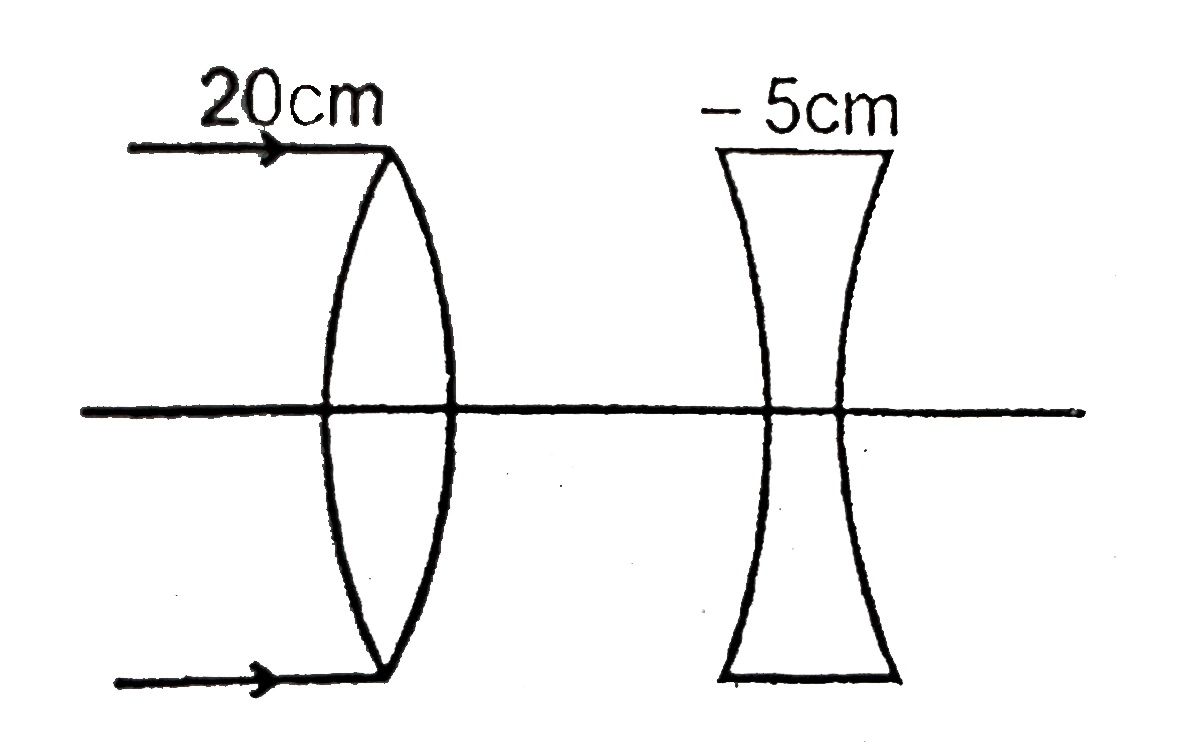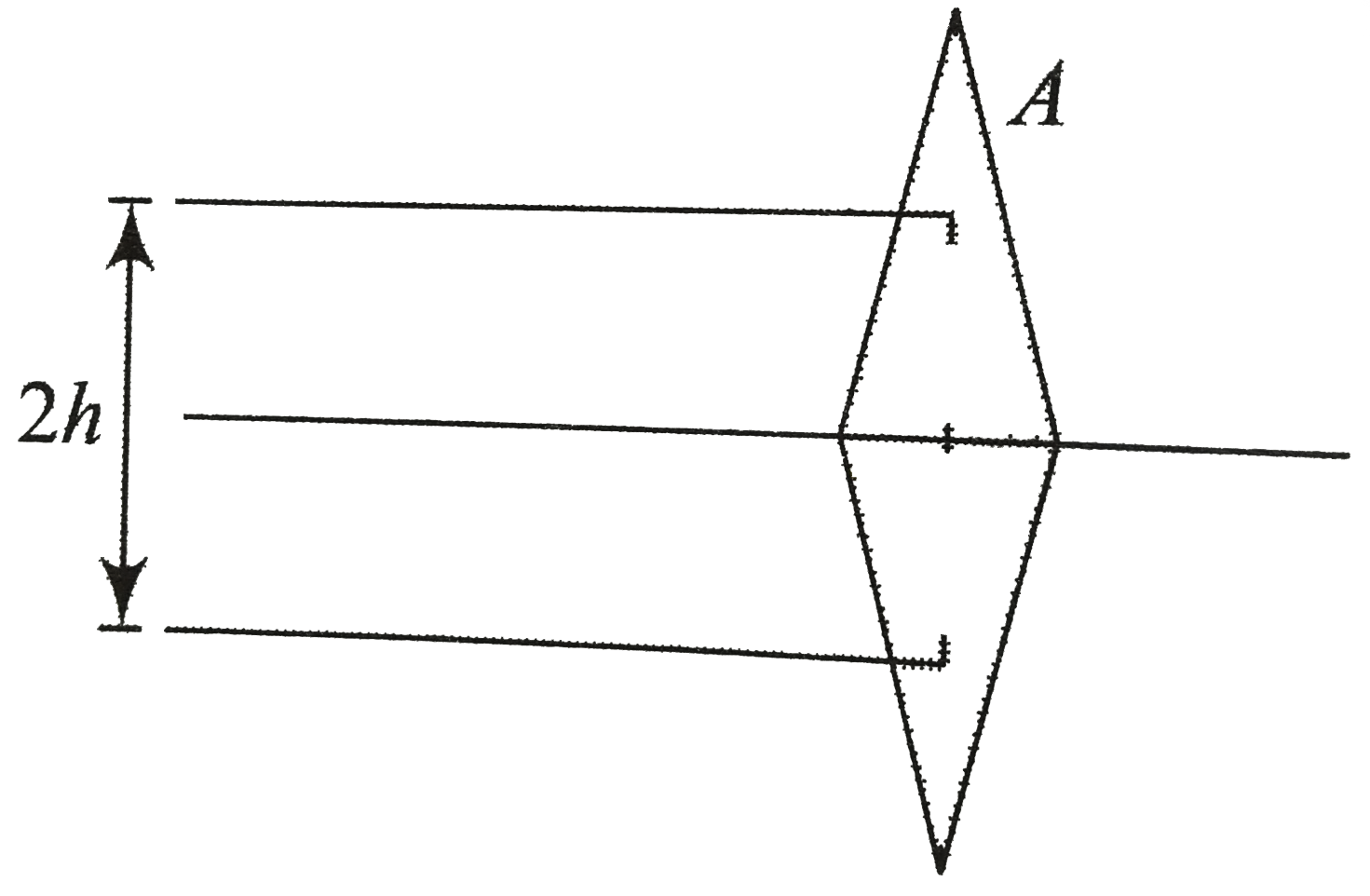Converging and diverging beams of light
Step-by-Step Solution:
1. Understanding Light Beams: Light can travel in various ways, and when we discuss light beams, we are often referring to how they behave after they undergo reflection or refraction.
2. Converging Beams of Light:
- Definition: A converging beam of light is formed when light rays from a point source come together or converge at a single point known as the focus.
- Example: This typically happens with lenses (like a magnifying glass) or mirrors (like a concave mirror) that can bend the light rays inward.
3. Diverging Beams of Light:
- Definition: A diverging beam of light occurs when light rays spread out or diverge from a point source. Instead of coming together, these rays move away from each other.
- Example: This is commonly observed with convex lenses or mirrors (like a concave mirror) where the light rays appear to come from a point behind the lens or mirror.
4. Key Differences:
- Converging Beams: Light rays move towards a focus point.
- Diverging Beams: Light rays spread out from a point source.
5. Applications: Understanding the behavior of converging and diverging beams is crucial in optics, such as in the design of lenses for glasses, cameras, and other optical devices.
- Definition: A converging beam of light is formed when light rays from a point source come together or converge at a single point known as the focus.
- Example: This typically happens with lenses (like a magnifying glass) or mirrors (like a concave mirror) that can bend the light rays inward.
- Definition: A diverging beam of light occurs when light rays spread out or diverge from a point source. Instead of coming together, these rays move away from each other.
- Example: This is commonly observed with convex lenses or mirrors (like a concave mirror) where the light rays appear to come from a point behind the lens or mirror.
- Converging Beams: Light rays move towards a focus point.
- Diverging Beams: Light rays spread out from a point source.
Topper's Solved these Questions
- LIGHTBOOK - ICSECHAPTER - LIGHTEXERCISE - Exercises (Section II) Short answer questions,
4 Videos
- LIGHTBOOK - ICSECHAPTER - LIGHTEXERCISE - Exercises (Section II) Long answer questions,
3 Videos
- LIGHTBOOK - ICSECHAPTER - LIGHTEXERCISE - Exercises (Section II) Give reasons for the following.
3 Videos
- FORCEBOOK - ICSECHAPTER - FORCEEXERCISE - Picture Based Questions
2 Videos
- MAGNETISMBOOK - ICSECHAPTER - MAGNETISMEXERCISE - Picture Based Questions
12 Videos
Similar Questions
In the figure shown a converging lens and a diverging lens of focal lengths 20cm and -5cm respectively are separated by a distance such that a paralel beam of light of intensity 100 wa/m2 incident on the converging lens comes out as parallel beam from the diverging lens. Find the intensity of the outgoing beam in wa/m2

View SolutionIdentify the True or False statements.
a. A glass slab cannot deviate the light.
b. A glass slab can produce lateral displacement.
c. The shift produced by a slab depends ono the converging and diverging nature of beam.
d. Apparent shift in case of a slab always occurs in the direction of light ray travelling.
e. The shift produced by a slab can never exceed its thickness.
View SolutionA lamp emits a .............. (convergent/divergent) beam of light.
View SolutionA converging lens and a diverging mirror are placed at a separation of 15 cm. The focal length of the lens is 25 cm and that of the mirror is 40 cm. Where should a point source be placed between the lens and the mirror so that the light, after getting reflected by the mirror and then getting transmitted by the lens, comes out parallel to the principal axis ?
View SolutionA converging lens and a diverging mirror are placed at a separation of 20 cm. The focal length of the lens is 30 cm and that of the mirror is 50 cm. Where should a point source be placed between the lens and the miror, so that the light, after getting reflected by the mirror and then getting transmitted by the lens, comes out parallel to the principal axis?
View SolutionWhen a thin metal plate is placed in the path of one of the interfering beams of light
View SolutionName the spherical mirror which (i) diverges (ii) converges the beam of light incident on it. Justify your answer by drawing a ray diagram in each case.
View SolutionExplain convergent and divergent evolution with the help of one example of each.
View SolutionExplain convergent and divergent evolution with the help of one example of each.
View SolutionTwo identical thin isosceles prisms of refracting angle A and refractive index μ are placed with their bases touching each other and this system can collectively act as a crude converging lens. A parallel beam of light is incident on this system as shown in Figure. Find the focal length of this so called converging lens.

View Solution
